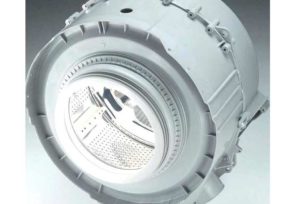 You've probably heard such a term as "Polynox". It is often mentioned by sales consultants of washing machines. What kind of material is it? And why do you need Polynox in your washing machine?
You've probably heard such a term as "Polynox". It is often mentioned by sales consultants of washing machines. What kind of material is it? And why do you need Polynox in your washing machine?
Let us find out.
What is Polynox?
Polynox is not so much a new material as it is a more euphonious name for polypropylene with special chemical additives. It is used in the manufacture of washing machine tanks. Polynox tanks are quite popular for a number of reasons. First, this material is cheap, which lowers the cost of washing machines. Second, it is quite easy to handle. Third, polynox tanks have better performance than stainless steel tanks.
As a side note. Polynox is cheaper than stainless steel. Washing machines with tanks made of it cost less.
Polynox and other plastic options
Polynox is often used in Bosch washing machines. But other manufacturers also use analogues of this material. The most popular analogue is Polyplex. It is not afraid of rust, strong vibration and other disadvantages of metals. But it is still fragile compared to other plastic counterparts.
Electrolux make tanks from Carboran, which is a more durable but expensive plastic, which is reflected in their cost. Carboran is a proprietary development of this company. In addition to increasing the strength, Electrolux took care that their plastic does not absorb odors, has better thermal insulation qualities and soundproofing. In addition, Carboran is not affected by aggressive chemicals.
Kandi prefer to use Silitek, which is essentially a complete analogue of Polynox with a number of minor differences. It is not afraid of acidic and alkaline environments.
Pros and cons of Polynox tanks
Manufacturers, in pursuit of lowering the price of washing machines, began to produce plastic tanks. On the one hand, buyers are happy about such a price reduction, but on the other hand, they have doubts about the durability and reliability of such tanks. Let us first consider the obvious advantages of plastic tanks:
- Plastic tanks are less susceptible to vibration during washing. This reduces the noise level of the washing machine.
- Polynox tanks retain heat better inside, which means the water doesn't have to be constantly heated. This reduces the energy consumption of the washing machine to heat water.
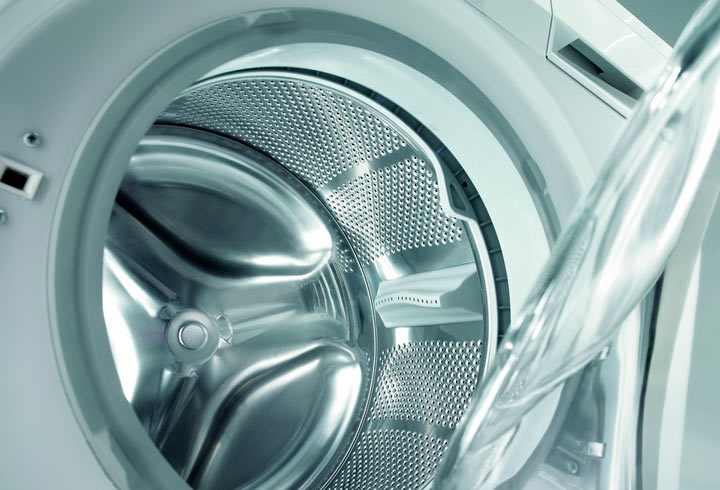
- Plastic is much lighter than metal, which reduces the weight of the washing machine. This makes it easier to transport.
- Polynox will not suffer from moisture and will not rust. This increases its useful life.
- As mentioned above, Polynox is cheaper than stainless steel. Machines with plastic tanks are cheaper than their metal counterparts.
There are a lot of advantages, but also without the disadvantages:
- Plastic is easier to damage. Therefore, if the stainless steel tank will survive the impact of hard foreign objects caught in the tank with your clothes during the washing, the Polynox can and give a crack at the next impact at high speed.
Important: If your washer has a plastic tank, check things carefully. Hard and sharp fittings can damage it!
- In addition, during self-repair or embankment transportation, plastic tanks can also be damaged by shocks.
But manufacturers are aware of this disadvantage and are improving the plastic formula. Today's washing machines increasingly use much more durable plastic than their recent predecessors.
Stainless Steel Tanks
Well, since we mentioned stainless steel tanks, let's look at their pros and cons. Stainless steel drums have long been part of our everyday life and have become commonplace.
We know them only from the positive side and do not even think about the minuses (so we got used to them). But first let's consider the pros:
- Stainless steel is a very durable material. It's more likely that the body of your washing machine will rust than its drum.
- Steel tanks are very durable and not easy to damage.
- Stainless steel tanks are not afraid of high temperatures and they can not be damaged by aggressive chemicals.
- Germs do not grow on metal as much as on plastic. They do not grow fungus or mold.
There are many advantages, but there are also disadvantages:
- High cost. Some might argue that there are inexpensive washing machines with stainless steel tanks. But the question here is what kind of steel is used. If it is of poor quality, then most of the pluses are no longer relevant.
- The heat output of metal is higher. The water cools down faster. The machine heats it over and over again. Electricity bills go up and the heating element wears out.
- Strong vibration during washing and spinning. Everyone is well aware of how noisy and moving such washing machines can be when wringing and rinsing.
A side note! Not all metal tanks are stainless steel. There may simply be a coating that will deteriorate over the years.
- Over time, enameled tanks get chipped from the hard elements of clothing. Corrosion begins to set in. Next comes rust and leaks.
To summarize. Polynox washing machine tanks are a modern version of the material, which you need not fear. Every year, manufacturers improve its durability and there are fewer and fewer disadvantages. Not all plastic tanks have the same properties. When buying, check out the specific material and learn about its pros and cons. Many manufacturers predict that in the near future it will replace stainless steel tanks. But still the choice is yours. We have listed the pros and cons of both options. Polynox or stainless steel? It's up to you to decide.

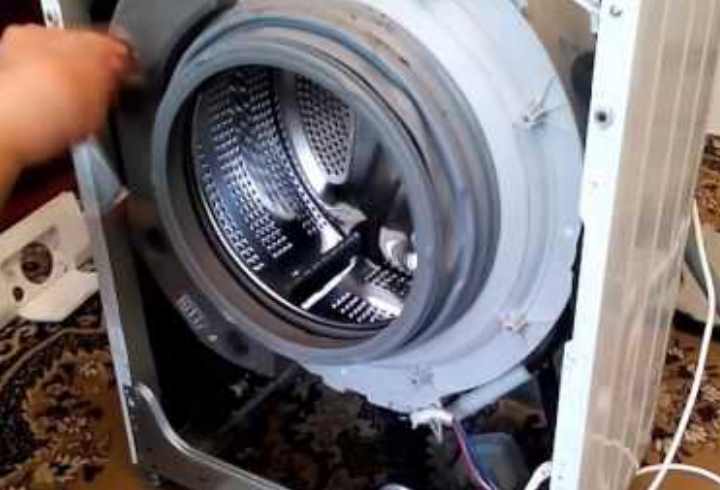
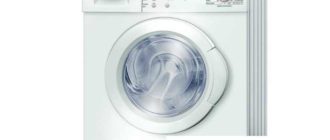
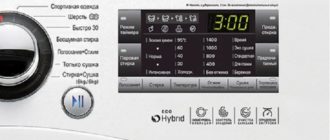

Nothing to think about, of course stainless steel. That's why we took the Indesit, and does not fail
I have a hotpoint with a plastic drum, what a quiet machine! No minuses in it yet noticed